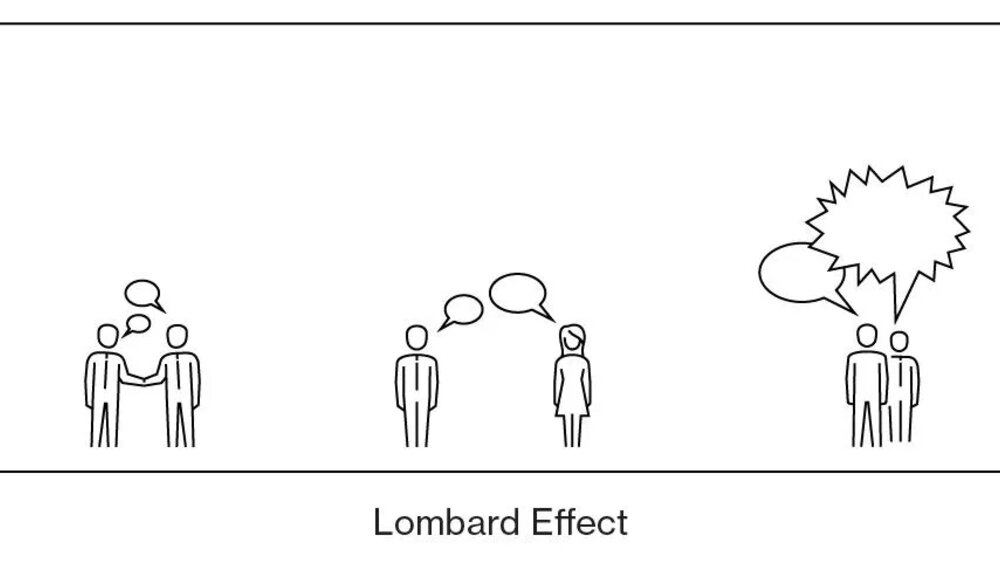Parameters in room acoustics
Reverberation time
Reverberation time is one of the most important factors in evaluating room acoustics: It indicates the decay behaviour of sounds in a room. In a church, for example, the reverberation time is very long, lasting several seconds, whereas in a recording studio it is particularly short, at around 0.3 seconds. A reverberation time that is too long results in a reduction in speech intelligibility. As a result, people speak louder, which in turn leads to a higher sound level. This is known as the Lombard effect.
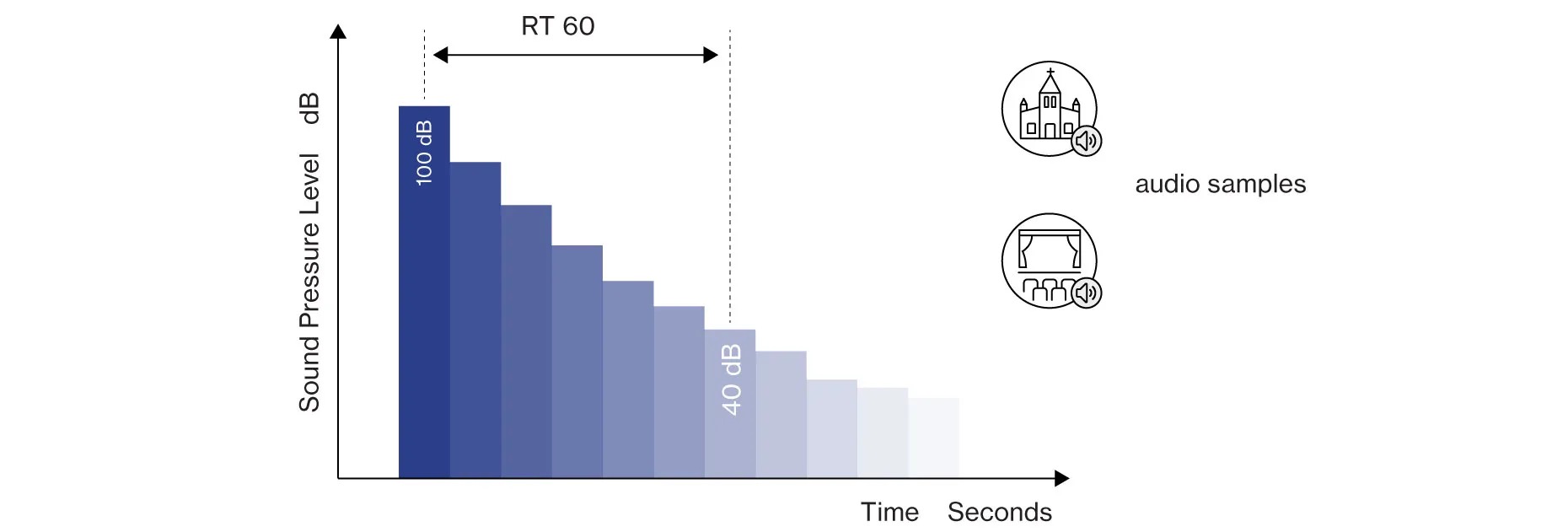

Church
Play audio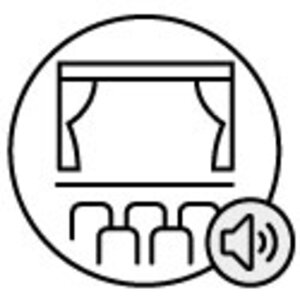
Theater
Play audioDIN 18041 differentiates between two groups of rooms: A (medium and long distances) and B (short distances). Group A includes, inter alia, community halls, classrooms, and sports halls. These are further categorised according to the types of use A1 to A5. Depending on the use and volume of the room, the DIN standard provides recommendations for the target reverberation time. For office spaces, canteens, or transit areas, room group B applies. Depending on the acoustic requirements, there is also a classification into the types of use from B1 to B5. The DIN standard provides a recommendation for the minimum A/V ratio, depending on the room height and type of use. The Austrian standard ÖNORM B 8115-3, part 3: Room acoustics, is based on DIN 18041.
The equivalent absorption area plays an important role in calculating the reverberation time in enclosed spaces. The larger the area for an assumed 100 per cent sound absorption, the shorter the reverberation time. This absorption area is calculated by multiplying the absorption coefficient by the surface area of the object. For example, 1 m² of carpet with an average absorption coefficient of 0.5 has an average absorption area of 0.5 m². For complex three-dimensional objects, calculating the absorption area can prove difficult, so the specified absorption area is multiplied by the number of products used.
Speech intelligibility
The reverberation time has a direct influence on speech intelligibility. The lower the reverberation, the better the intelligibility of spoken words. While good speech intelligibility is certainly desirable in conference rooms, it can be a distraction in offices. This is because the high level of intelligibility of other people’s conversations often interrupts concentration and increases the likelihood of errors.
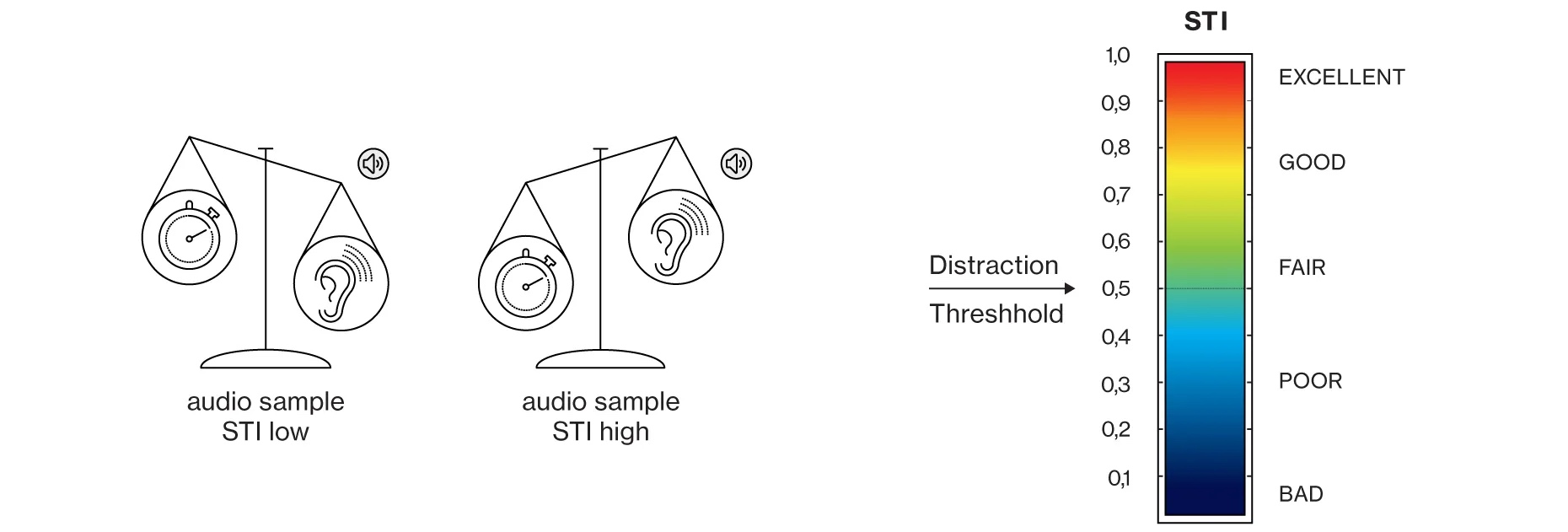
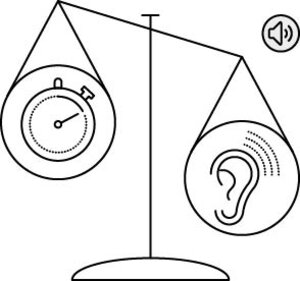
STI low
Play audio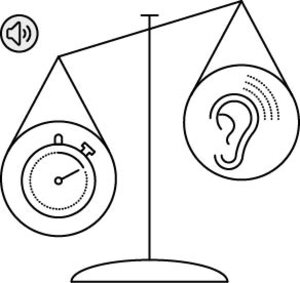
STI high
Play audioA/V ratio
In addition to the reverberation time, the reverberance in a room can also be defined by the A/V ratio. It indicates the relation between the existing sound absorption surface and the spatial volume. Depending on the room utilisation, DIN 18041 or VDI 2569 provide recommendations for the reverberation time or the A/V ratio.

